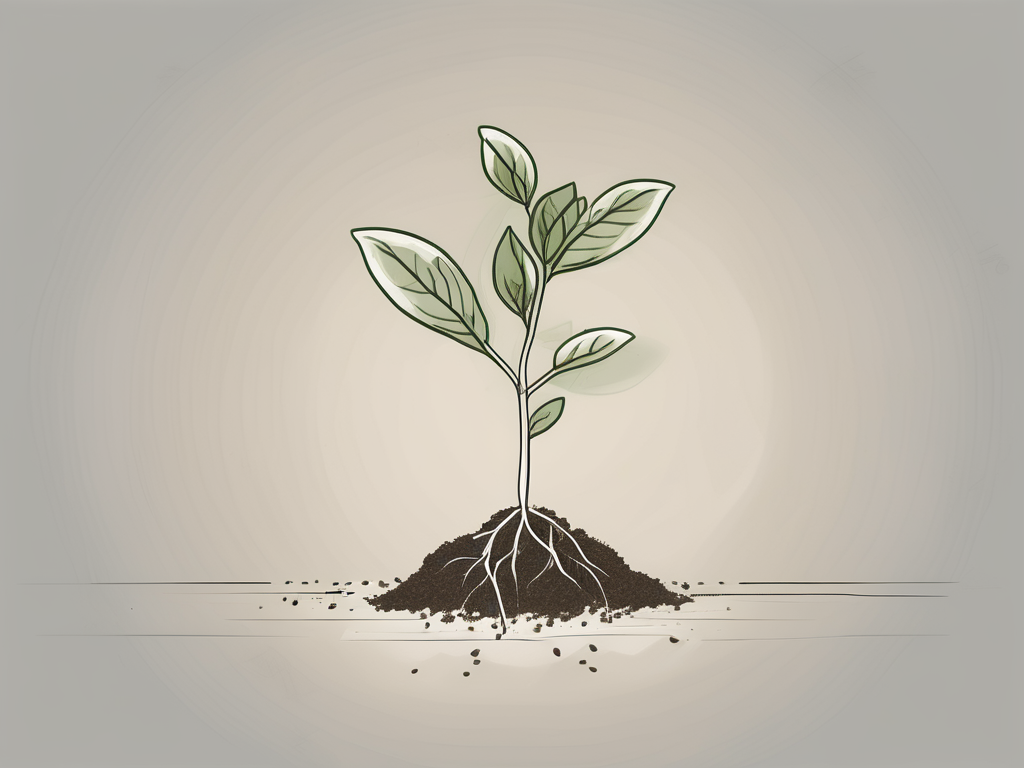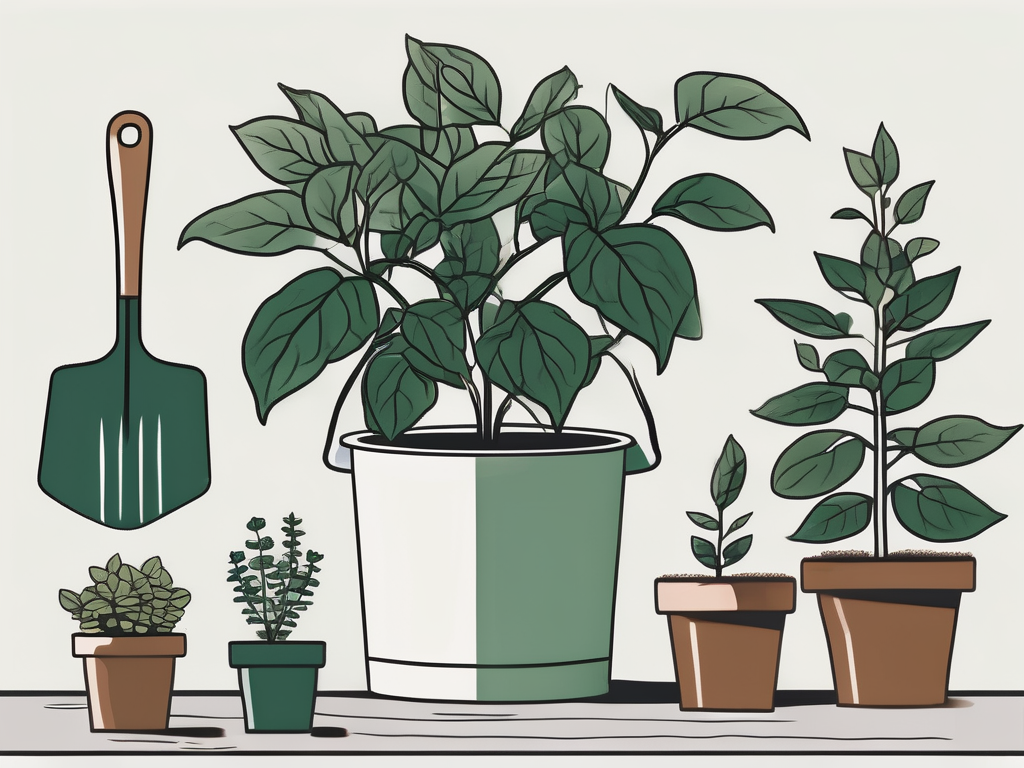
Repotting your spider plant seemed like a great idea at the time. You imagined it flourishing in a new pot, looking vibrant and healthy. But instead, it’s looking a little sad, and you’re left wondering what went wrong. Spider plants are known for being tough and adaptable, so what gives?
In this post, we'll dig into some common reasons your spider plant might be struggling after a repot and what you can do to nurse it back to its former glory. From soil issues to watering mishaps, we’ll cover the essentials to give your plant the best chance at a speedy recovery.
Getting to Know Your Spider Plant
Before we jump into troubleshooting, it’s important to understand a bit about spider plants and their needs. Native to South Africa, these plants thrive in a range of conditions, making them a popular choice for both novice and experienced plant parents. They’re characterized by their long, arching leaves and the iconic little “spiderettes” or baby plants they produce.
Spider plants are pretty forgiving, but they do have their preferences. They thrive in bright, indirect light and like their soil to dry out a bit between waterings. When it comes to repotting, it's crucial to consider their natural growing conditions and how changes might stress them out. So, if your spider plant is looking droopy after a repot, it might be trying to tell you something about its new environment.
Understanding the Repotting Process
Repotting is more than just moving plants from one pot to another. It involves a delicate balance that, when disrupted, can lead to stress for your plant. The stress can manifest in various ways, such as wilting, browning tips, or even leaf loss. It’s like changing homes without warning—some plants adapt quickly, while others need time and care.
One common mistake is jumping into repotting without preparing properly. Factors like timing, the right pot size, and soil composition are critical. For spider plants, it’s best to repot during their growing season, usually in spring or early summer. Choosing a pot that’s just one size larger than the current one prevents overwatering, as excess soil can hold too much moisture.
Choosing the Right Soil
Soil choice is often overlooked, but it's a big deal for your spider plant’s health. Spider plants prefer well-draining soil. A mix of potting soil with added perlite or sand usually works well. This combination allows for good airflow to the roots and prevents the dreaded root rot.
Using garden soil or a heavy, dense mix can suffocate your plant’s roots, leading to poor growth and eventual decline. If your plant is struggling, it might be worth checking if the soil is compacted or retaining too much water.
Watering Woes
Watering changes after repotting are a common cause of plant distress. When a plant is in shock, it can easily be overwatered or underwatered, as its usual needs might suddenly seem different. Spider plants like their soil to dry out between waterings, but repotting might make you second-guess the frequency.
To avoid overwatering, stick to the golden rule: check the top inch of the soil. If it’s dry, it’s time to water. Overwatering is a common trap, especially if the new pot is significantly larger, which can lead to root rot—a serious issue that’s hard to reverse.
Signs of Overwatering
If you suspect overwatering, look for these signs:
- Yellowing leaves
- Mushy stems or roots
- Foul odor from the soil
If these symptoms appear, it might be best to cut back on watering and let the soil dry out more between sessions.
Light Adjustments
Light is another critical factor that can impact your spider plant after repotting. These plants prefer bright, indirect light. If your plant was thriving in a certain spot before, moving it to a new location with different lighting conditions can be a shock.
After repotting, keep your spider plant in a similar light condition to what it’s used to. If you’ve moved it to a spot with more direct sunlight, you may notice leaf burn or wilting. Conversely, if it’s in a darker spot, it might not get enough energy to recover from the repotting process.
Finding the Right Spot
To find the ideal location, consider the following:
- Avoid direct sunlight, which can scorch the leaves.
- Place near a window with filtered light.
- Rotate the plant occasionally to ensure even growth.
By mimicking its original environment, you give your plant the best chance to bounce back.
Pot Size and Drainage
Believe it or not, the pot size and drainage can play a huge role in your spider plant’s health after repotting. A pot that’s too large can hold excess water, leading to root rot. On the flip side, a pot that’s too small might restrict growth and lead to nutrient deficiencies.
Ensure your pot has adequate drainage holes to allow excess water to escape. If you’re uncertain about the size, a good rule of thumb is to select a pot that’s about 2 inches larger in diameter than the current pot.
Checking for Drainage Issues
If you suspect drainage problems, consider these solutions:
- Ensure the pot has enough drainage holes.
- Add a layer of gravel or small stones at the bottom of the pot to improve drainage.
- Consider using a pot with a built-in reservoir to manage water levels.
These steps can help manage excess moisture and prevent root damage.
Repotting Shock and Recovery
Repotting shock is a common issue, but with some patience and care, your spider plant can recover. After repotting, it’s normal for the plant to show signs of stress, such as drooping leaves or slowed growth. The key is to provide a stable environment and give it time to adjust.
Limit any additional stressors by keeping the plant in a consistent spot with stable temperatures and humidity levels. Avoid fertilizing right after repotting, as the plant needs time to settle before absorbing new nutrients.
Supporting Recovery
To help your plant bounce back, try these steps:
- Maintain a consistent watering schedule.
- Keep the plant in a stable environment with minimal disturbances.
- Be patient, as recovery can take a few weeks.
With the right care, your spider plant can regain its health and continue to grow beautifully.
Pest and Disease Concerns
Sometimes, spider plants can attract pests or diseases, especially after the stress of repotting. Common pests include spider mites, aphids, and mealybugs. These can cause further distress to your plant, making it seem like it’s struggling more than just from the repotting.
Regularly inspect your plant for any signs of pests. Look under leaves and along the stems for any unusual spots or webbing. If you notice any infestation, treat it promptly with an insecticidal soap or neem oil.
Preventing and Treating Pests
To keep your plant pest-free, consider these tips:
- Inspect new plants before bringing them home to avoid spreading pests.
- Quarantine new plants until you’re sure they’re pest-free.
- Wipe leaves with a damp cloth to remove dust and potential pests.
By taking these preventive measures, you can protect your plant from further damage.
Learning from Experience
Repotting isn’t always straightforward, but every experience teaches you something new about your plant’s needs. The key is to observe and adapt. Each plant is unique, and what works for one might not work for another.
Don’t be too hard on yourself if things don’t go perfectly. Plants are resilient and often bounce back from setbacks. By paying attention to their signals, you can become a more intuitive plant parent.
Building Confidence
As you gain experience, you’ll develop confidence in caring for your plants. Consider these strategies to keep learning:
- Join plant communities online or locally to share experiences and tips.
- Keep a plant journal to track changes and what works best for your plants.
- Experiment with different care techniques to see what your plant responds to.
With time, you’ll become more attuned to your plants’ needs and enjoy the process of helping them thrive.
Final Thoughts
Repotting can be a tricky time for both plant and plant parent, but with patience and attention to detail, your spider plant can flourish again. By understanding the potential pitfalls and learning how to address them, you set your plant up for success.
At Cafe Planta, we love helping fellow plant lovers navigate the joys and challenges of plant care. Whether you’re looking for new additions to your collection or need advice on plant care, feel free to email us or send us a DM on Instagram. We’re excited to share our love of plants with you and support you in your plant journey!












